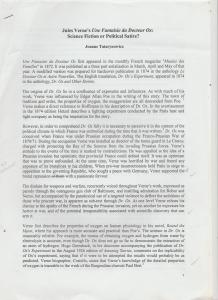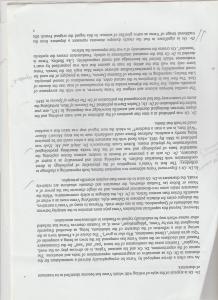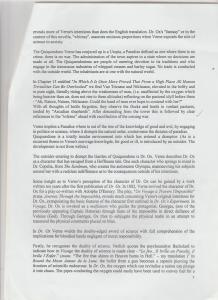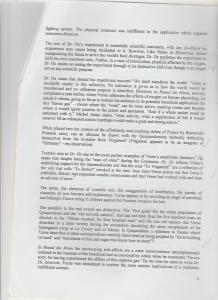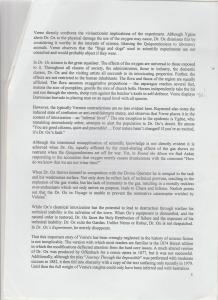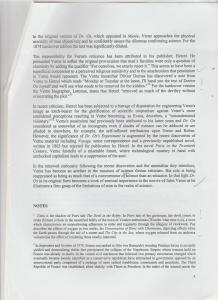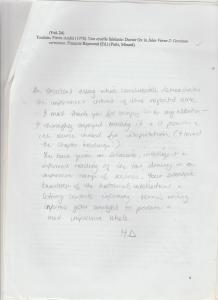In 2012, I led an astronomy night at a place called Ongerup, in the Stirling Ranges, known for Bluff Knoll and impressive wildflowers. They have a malleefowl research centre there, “Yongergnow“, and the woman who managed it then invited me to Ongerup to deliver an astronomy talk. It was fabulous. David Malin, of the Anglo-Australian Observatory, gave me permission to use his photos and with a well-presented audio-visual display I delivered a talk on almost everything from the Big Bang and the persecution of Galileo to the HR diagram, RA and Dec and modern constellations. Fortunately, a great man, who used to ride around the country on his motorbike stargazing, lived nearby, and he brought his big telescope. The Moon was obligingly in crescent phase, so we followed the talk with sky-gazing outside – some naked eye, some with the excellent telescope. The whole town came and we had a great time, even people who were into astrology found it fascinating and enjoyed it. It was well-organised, well-catered and the telescope was a major feature. I was immensely appreciative of Ongerup and all those who took care of me while I was there – I felt like a celebrity. It also made me appreciate how little people in the bush get of this kind of live interaction, whether astronomy talks or musical performances. Knowing how receptive they are to it and how important it can be, we should encourage it.
Little anecdote – apparently, people were so impressed with the way that night and other talks I gave in the bush went, word got around and it helped lead to the idea for the ABC TV’s “Stargazing Live” nights with Dr Brian Cox and Julia Zemiro. It’s probably apocryphal, but I like to believe it, so if it is total bs I apologise and ask the makers of the show to go easy on my little delusion.

